Fire Rated Construction, Unvented Roofs, and You
When where and how to Fireproof
Everyone wants to make the most out of their property, and rightly so. Maximizing your open space is one great method, and pushing any buildings (especially accessory structures) as close to your property line is one way to increase the open space between, and maximize the usable square footage of, the buildings. However, this can come at one fairly big price: fire resistant requirements. This post will explain what has to be fireproofed, what that means, and what that means to you.
What has to be fire resistant (aka fireproofed)?
Any part of a building that comes within 3 feet of a property line must be fire resistant. This includes buildings on your own property like an ADU, workshop, or garage. The easiest way to imagine this is to draw imaginary property lines between your own buildings and apply the exact same logic to them as you would to your property’s boundary lines.
This means eaves, roofs, and walls that are within 3 feet of a property line must be fire resistant. One big aspect of this is eliminating openings in walls and eaves. A wall cannot have a window, door, vent, or mechanical opening if that wall is within the 3 foot zone. Existing buildings require this same level of fireproofing if they are going to be modified.
What does this mean?
This means that you must pay close attention to building locations and adjacencies and identify any assemblies for walls, roofs, or eaves, that must be fire resistant. Then the design and detailing of these assemblies must satisfy the specific requirements in Oregon Structural Specialty Code Chapter 7, and Oregon Residential Code Section R302, meeting minimum fire-resistance rating of 1 hour (in accordance with ASTM E119 or UL 263). In general this means that you must have a layer of Type X Gypsum board wrapping the fire resistant areas of the building on the outside and the inside . By creating a fire resistant layer on both sides, heat transfer is slowed into the assembly giving occupants and the fire department time to extinguish the source before temperatures get high enough to initiate combustion on the other side. Fire blocking is also required to stop the spread of flames and hot gasses inside the assemblies.
One of the more complex aspects of this rule is in vented roof systems, which are required by code – however fireproofing is a more critical life safety issue and the requirement for a vented roof is overridden by the fire resistant requirement. Thus a non-vented roof must be installed instead. Type X Gypsum board must also be installed on the underside of a the roof structure if it is vaulted.
What does this mean to you?
This means that if you want to maximize your property by building close to the property lines, you will have to fireproof your plans and make sure you are either outside of the 3 foot zone or plan on following these very stringent requirements. This can add costs and technical difficulties but may be the trade off you are looking for.
Protect yourself, your neighbors, and your investment by planning for safety first!


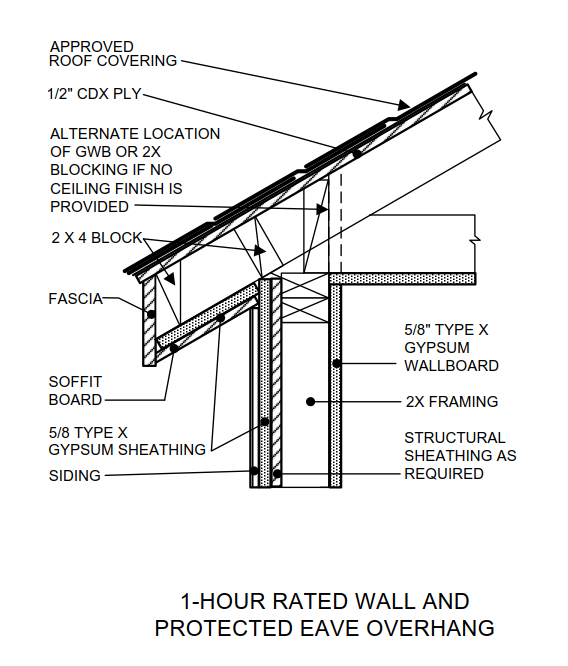
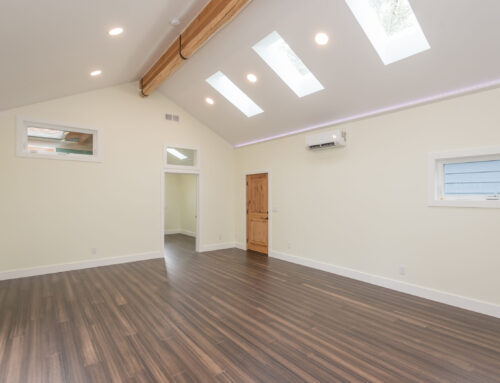

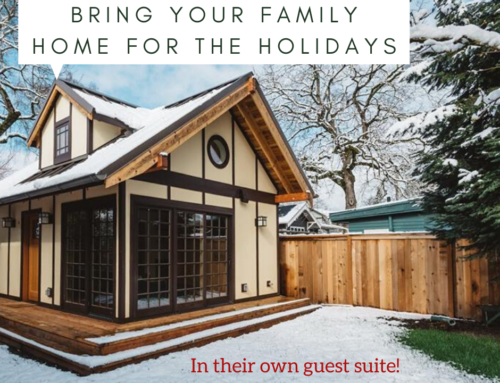
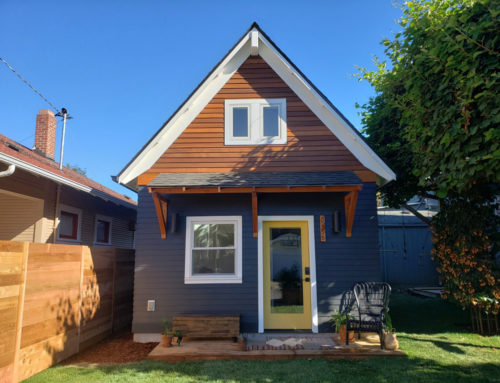


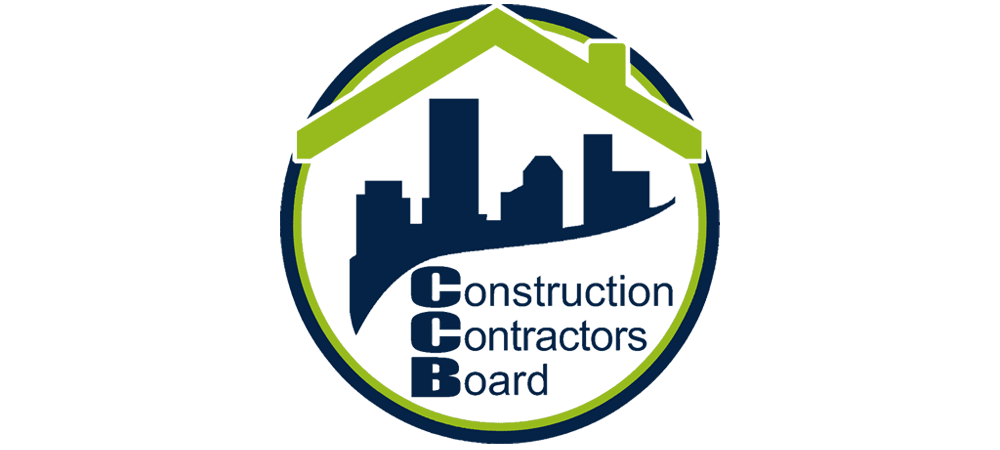


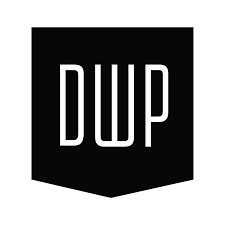

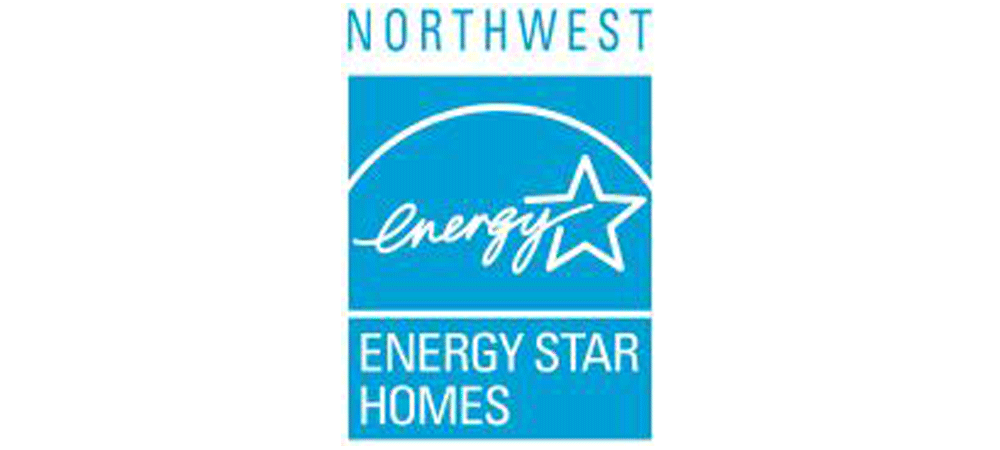
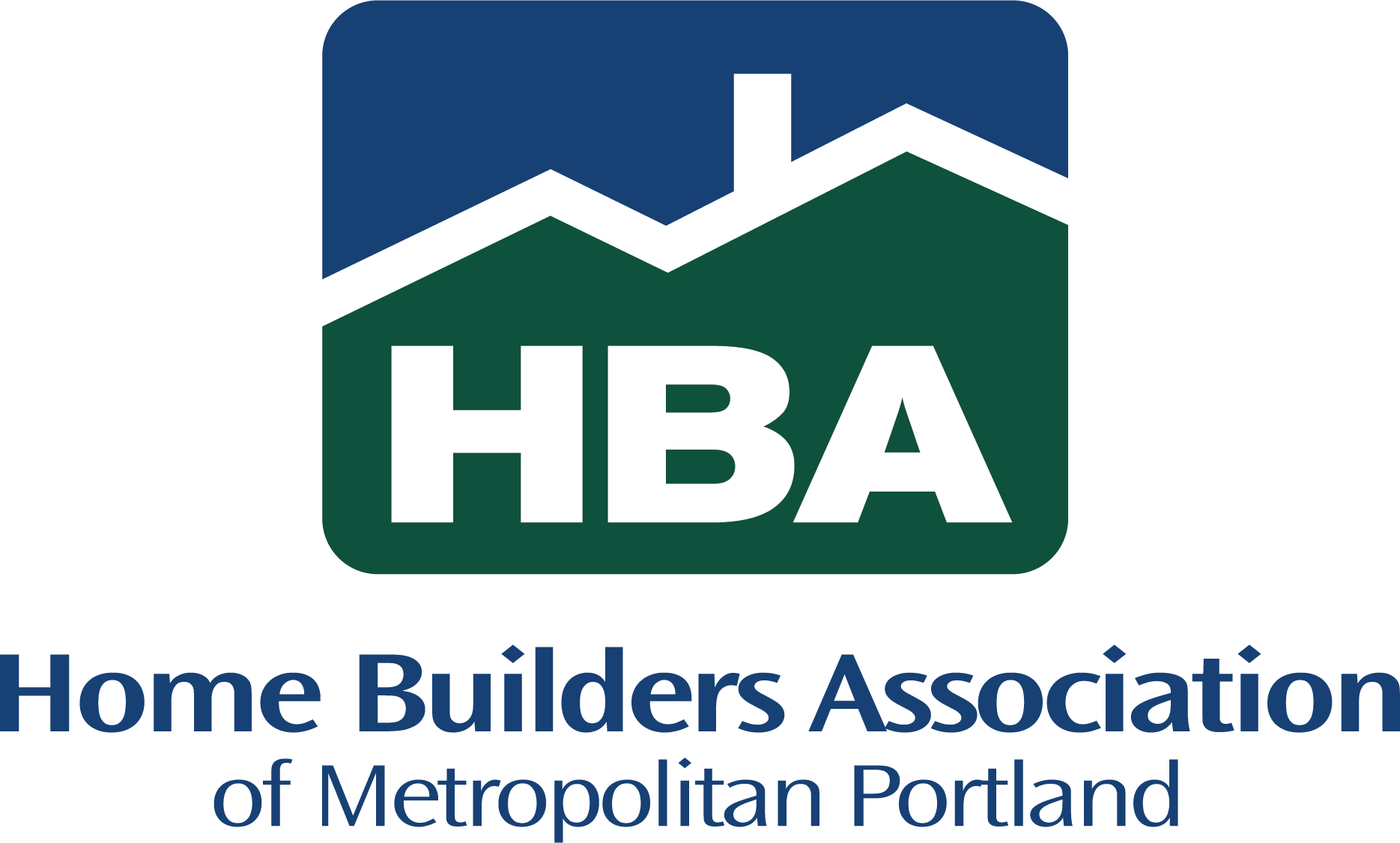



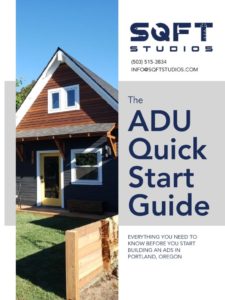 Download our ADU Quickstart Guide and learn about the features and benefits and ADU can provide to your existing property.
Download our ADU Quickstart Guide and learn about the features and benefits and ADU can provide to your existing property.